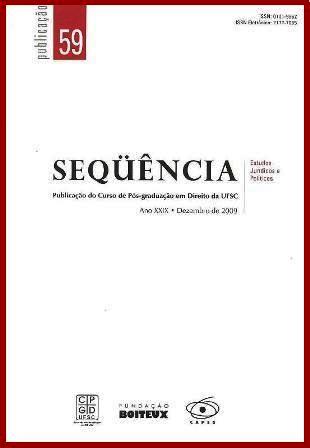Como os juízes decidem? Proximidades e divergências entre as teorias da decisão de Jürgen Habermas e Niklas Luhmann
DOI:
https://doi.org/10.5007/2177-7055.2009v30n59p61Resumo
O Estado Democrático de Direito apresenta novas exigências à forma de justificação das decisões jurídicas. As decisões jurídicas se tornam peças fundamentais à concretização das garantias constitucionais. Duas respostas a essas novas exigências podem ser encontradas nas teorias de Jürgen Habermas e de Niklas Luhmann. Com Habermas, compreendemos que o Direito hoje deve ser concebido como um sistema aberto de princípios, sendo insustentáveis quaisquer propostas positivistas ou literalistas de aplicação do Direito. E com Luhmann, pode-se entender que a decisão jurídica sempre constitui um ato criativo de desdobramento de paradoxos que, exatamente por isso, exige graus mais sofisticados de justificação.























